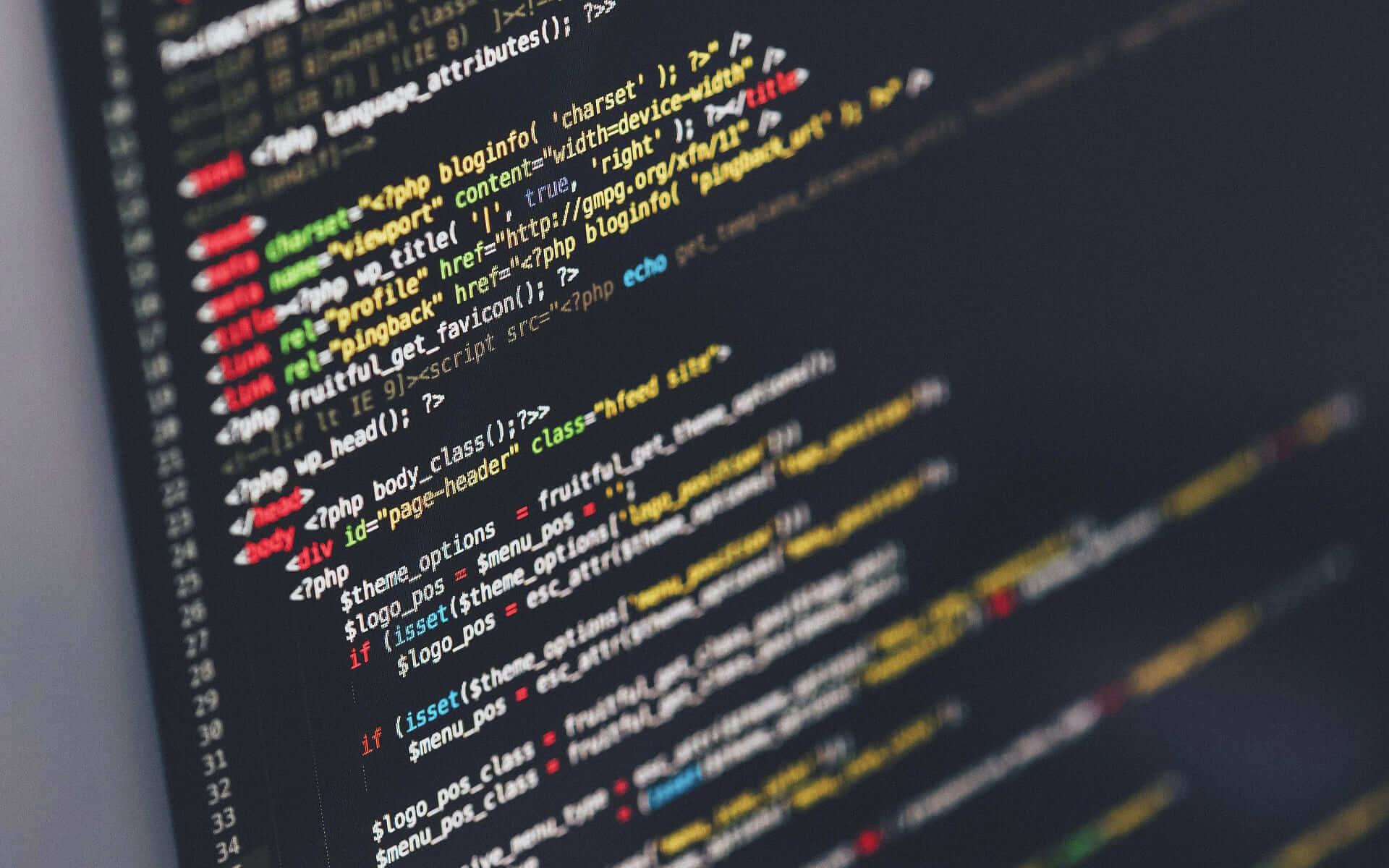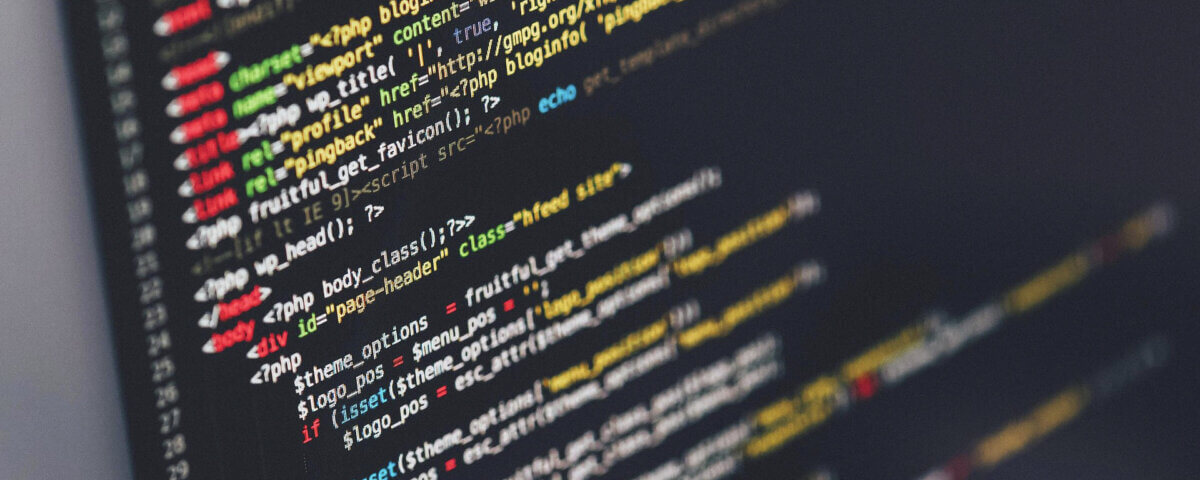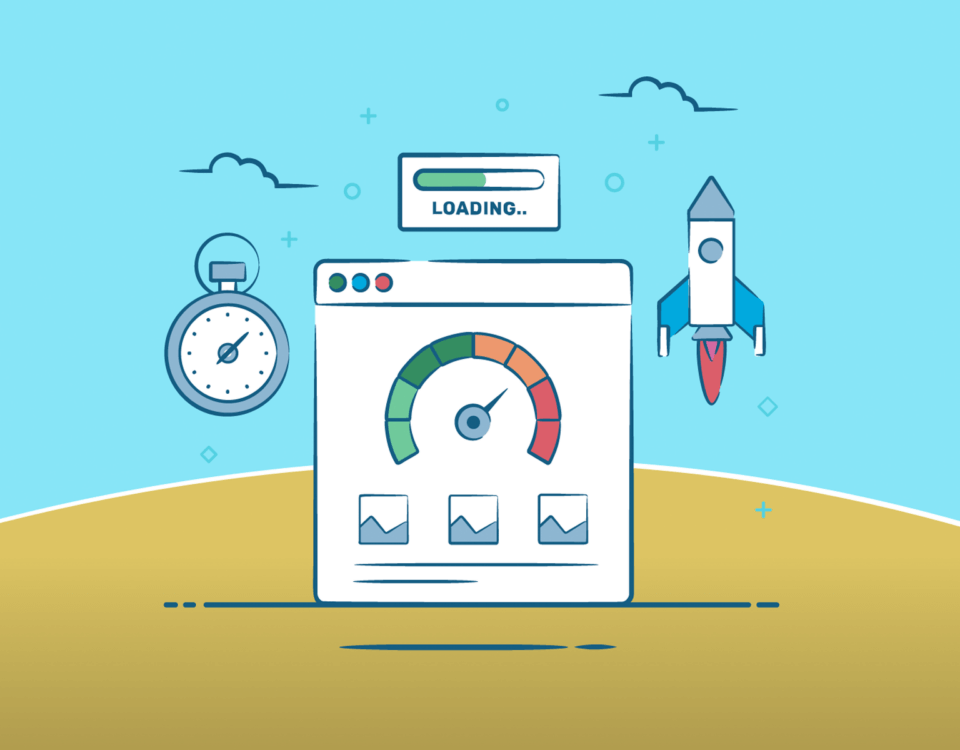
How to Plan Out Your Software Development Journey
February 4, 2025
Introduction
In today’s fast-paced digital world, code maintenance is crucial for keeping your software efficient, secure, and adaptable. This article explores the fundamentals of code maintenance, its various aspects, and practical strategies to ensure your code remains robust over time.
What is Code Maintenance? The Backbone of Sustainable Software
Code maintenance refers to the process of modifying and updating software after its initial delivery. According to Wikipedia, it encompasses activities that correct faults, improve performance, or adapt the product to a changed environment. This is not just about fixing bugs—it’s about evolving your software to meet new demands while ensuring stability.
Consider tech giants like Microsoft or Google. Their dedicated teams continually refactor, update, and optimize their codebases to handle millions of users daily. These companies understand that proactive code maintenance is key to long-term success. By addressing issues before they escalate, organizations save time, reduce costs, and avoid major system failures.
Delving Deeper: Types, Benefits, and Challenges of Code Maintenance
The Four Pillars of Code Maintenance
Effective code maintenance typically falls into one of four categories:
- Corrective Maintenance: Involves fixing bugs and errors discovered post-deployment. For example, a critical security vulnerability found in an application would require immediate corrective action.
- Adaptive Maintenance: Adjusts the software to accommodate changes in the environment, such as new hardware, operating systems, or regulatory requirements. Think of adapting an application to a new version of a programming language or integrating it with third-party services.
- Perfective Maintenance: Focuses on enhancing performance or maintainability. This might include refactoring code to improve clarity or optimizing algorithms to boost efficiency.
- Preventive Maintenance: Aims to foresee and preclude future problems. Regularly updating dependencies, writing comprehensive tests, and adhering to coding standards fall under this category.
Weighing the Pros and Cons
The Benefits
- Enhanced Code Quality: Regular maintenance ensures that code remains clean, modular, and easier to understand. This reduces the likelihood of bugs and technical debt—a major advantage in long-term software projects.
- Cost Savings Over Time: Studies indicate that code maintenance can represent up to 70% of the total cost of a software system. While this figure may seem high, proactive maintenance significantly reduces the likelihood of costly emergency fixes and downtime.
- Increased Adaptability: With continuous updates, your software can quickly respond to market changes, new user requirements, and emerging security threats. This agility is a key competitive advantage.
The Challenges
- Resource Intensive: Investing time and resources in maintenance can divert focus from developing new features. Companies must strike a balance between innovation and upkeep.
- Maintenance Debt: Just as technical debt accumulates when shortcuts are taken during development, deferred maintenance can lead to a buildup of issues that are difficult and costly to resolve later.
- Cultural and Organizational Hurdles: Emphasizing maintenance requires a shift in mindset. Often, teams are more rewarded for launching new features than for the less glamorous work of refactoring and documentation.
Strategies for Effective Code Maintenance: Turning Challenges into Opportunities
Embrace Clean Code Principles
One of the simplest yet most impactful strategies is to write clean, maintainable code from the start. Here are some practical tips:
- Adopt the “Never Nest” Methodology: Avoid deep nesting of conditional statements by using early returns or guard clauses. This not only makes your code more readable but also simplifies debugging. For example, instead of writing:
def process(data):
if data:
if is_valid(data):
# Complex nested logic here
return result
else:
return None
else:
return None
Use guard clauses to simplify:
def process(data):
if not data:
return None
if not is_valid(data):
return None
# Main logic without deep nesting
return result
- Use Descriptive Naming and Consistent Formatting: Variables, functions, and classes should have names that clearly indicate their purpose. Following a recognized style guide (like PEP 8 for Python) ensures consistency across your codebase.
- Minimize Side Effects: Aim for pure functions that do not alter the external state. This practice not only improves readability but also makes your code easier to test and debug.
Leverage Modern Tools and Techniques
- Automated Testing and Continuous Integration (CI): Implementing a robust suite of automated tests helps catch issues early. CI tools like Jenkins, GitHub Actions, or Travis CI can run these tests with every code change, ensuring that new updates do not break existing functionality.
- Static Code Analysis: Tools such as SonarQube or ESLint can scan your codebase for common pitfalls and enforce coding standards. These tools provide immediate feedback, enabling you to fix issues before they escalate.
- Version Control: A well-maintained version control system, like Git, not only tracks changes but also makes it easier to revert problematic updates. Branching strategies, such as GitFlow, help manage multiple development efforts concurrently without compromising the integrity of your main codebase.
Regular Refactoring: The Continuous Improvement Mindset
Refactoring is the process of restructuring existing code without changing its external behaviour. It might seem like extra work, but it pays off in the long run by reducing technical debt. Techniques such as code reviews and pair programming can facilitate regular refactoring sessions, ensuring that the codebase remains lean and manageable.
According to Clean Code principles, refactoring is essential for long-term maintainability. It creates an environment where developers feel confident in making changes without fear of breaking something critical.
Documentation and Knowledge Sharing
Maintaining comprehensive documentation is key to effective code maintenance. When team members document their work, they reduce the onboarding time for new developers and make it easier to understand the reasoning behind complex implementations. In turn, this facilitates smoother transitions during team changes and minimizes disruptions in maintenance workflows.
- Inline Comments and External Documentation: While inline comments explain why certain decisions were made, external documentation (such as wikis or README files) offers a broader view of the system architecture and maintenance procedures.
- Knowledge Sharing Sessions: Regular team meetings or coding dojos can be used to discuss maintenance strategies and share insights about recent challenges and successes.
Wrapping Up: Embrace Code Maintenance for Long-Term Software Success
Effective code maintenance is not just about fixing bugs—it’s about creating a sustainable development process that supports innovation while minimizing risks. By understanding the different facets of maintenance, leveraging modern tools, and committing to clean code principles, developers can ensure that their software remains robust, secure, and adaptable.
Key takeaways include:
- Recognising the importance of corrective, adaptive, perfective, and preventive maintenance.
- Embracing clean code techniques, such as the “never nest” methodology and guard clauses.
- Utilizing automated testing, continuous integration, and static code analysis to catch issues early.
- Prioritizing documentation and team knowledge sharing to streamline maintenance efforts.
The journey to mastering code maintenance is continuous, but with the right strategies and mindset, it transforms into a rewarding practice that safeguards your software’s future. Start incorporating these best practices into your workflow today, and witness the long-term benefits of a well-maintained codebase.
By following these insights and strategies, you can make code maintenance an integral part of your development process, ensuring that your software remains efficient and resilient in an ever-changing technological landscape. Happy coding!









